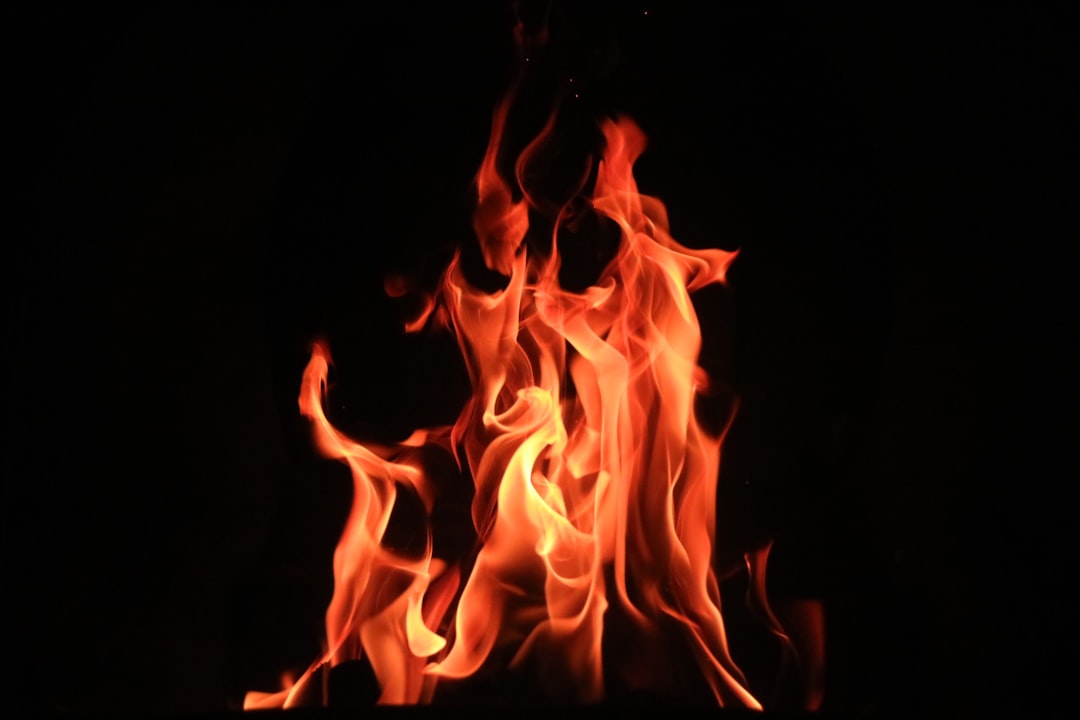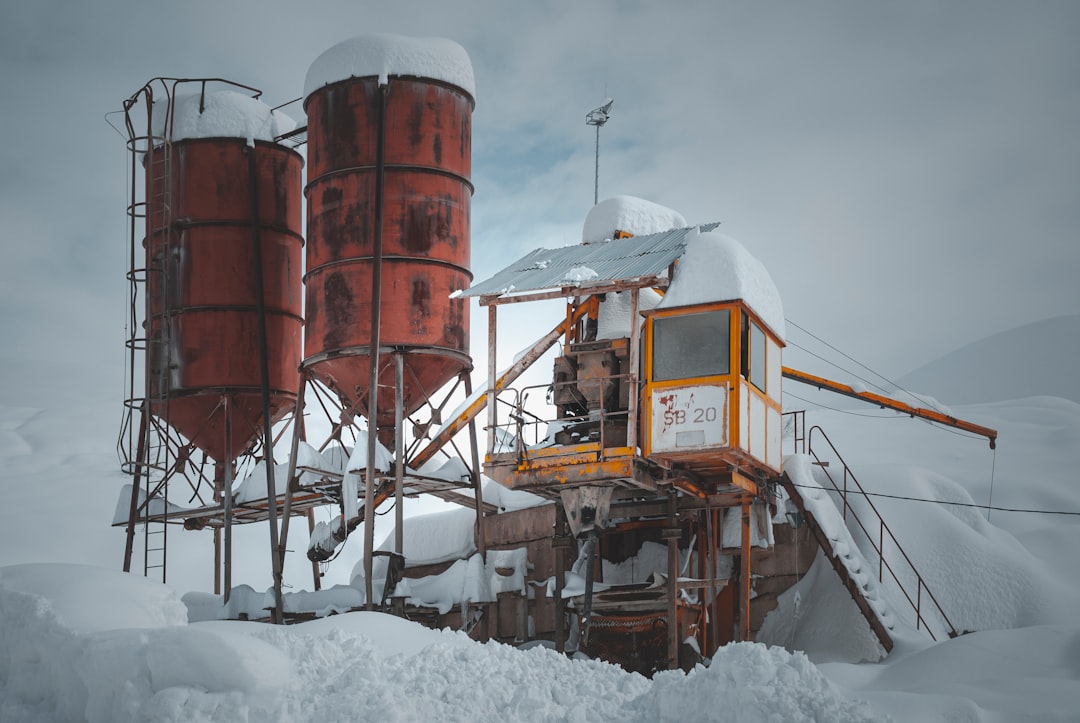What is it about?
A laboratory biofilm reactor (LBR) was modified to a new loop-type closed system in order to evaluate novel stents and catheter materials using 3D optical microscopy and Raman spectroscopy. Two metallic specimens, pure nickel and cupronickel (80% Cu-20% Ni), along with two polymers, silicone and polyurethane, were chosen as examples to ratify the system. Each set of specimens was assigned to the LBR using either tap water or an NB (Nutrient broth based on peptone from animal foods and beef extract mainly)—cultured solution with E-coli formed over 48–72 h. The specimens were then analyzed using Raman Spectroscopy. 3D optical microscopy was employed to corroborate the Raman Spectroscopy results for only the metallic specimens since the inherent roughness of the polymer specimens made such measurements difficult. The findings suggest that the closed loop-type LBR together with Raman spectroscopy analysis is a useful method for evaluating biomaterials as a potential urinary system.
Featured Image
Why is it important?
Our newly developed biofilm reactor was applied to the research for biomaterials developments. At this point, we presume that the application to urinary systems, but it would be applied also to biomaterials for eye, oral and orthopedic systems. In this study, a certain single or plural combinations of bacteria would be available.
Perspectives
I would say that this paper would be a turning point for our biofilm study. I have investigated lots of biofilm cases outside human bodies, but now I am heading for the inside bodies. The system must be more complicated, so I need collaborations in the interdisciplinary areas much more. I will welcome for your positive proposals to collaborate with me in various ways.
Professor Hideyuki Kanematsu
National Institute of Technology, Suzuka College
Read the Original
This page is a summary of: Application of a Loop-Type Laboratory Biofilm Reactor to the Evaluation of Biofilm for Some Metallic Materials and Polymers such as Urinary Stents and Catheters, Materials, October 2016, MDPI AG,
DOI: 10.3390/ma9100824.
You can read the full text:
Contributors
The following have contributed to this page










